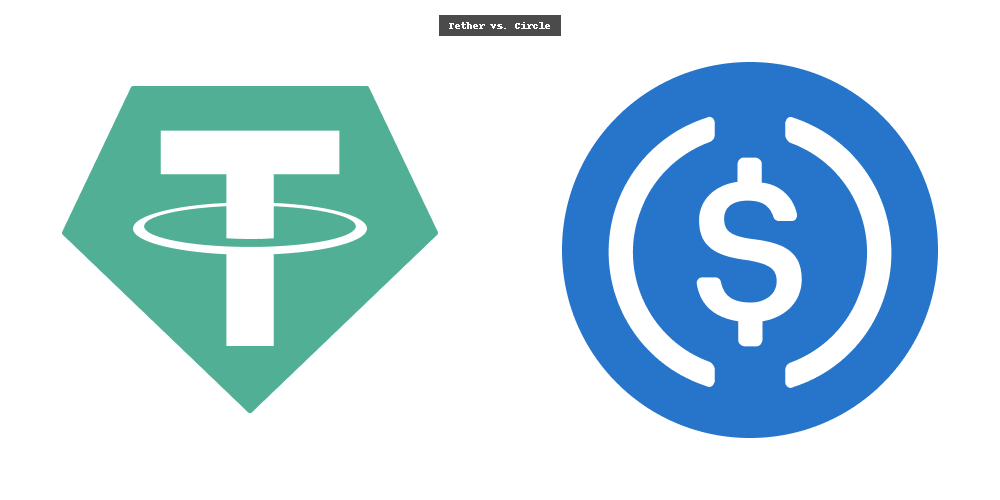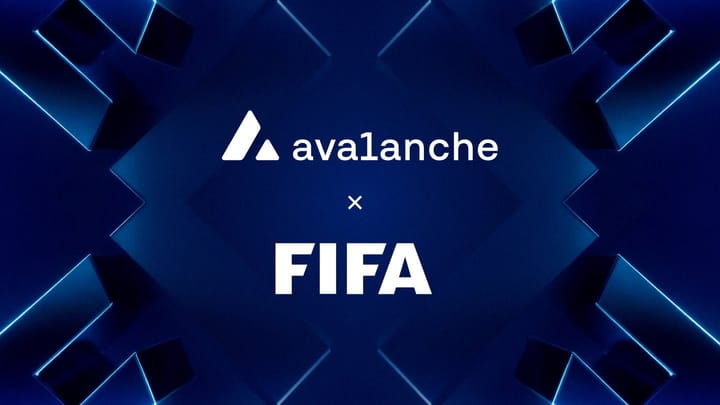Harnessing Innovation: A New Era of Decentralized Liquidity and Interoperability in the Mitosis Ecosystem.

Introduction
Mitosis is a Layer 1 blockchain aimed at transforming decentralized finance (DeFi) with its Ecosystem-Owned Liquidity (EOL) model, pooling liquidity across chains through a DAO-governed framework. Users issue miAssets for voting rights to allocate liquidity, enabling scalable cross-chain interactions. Its modular architecture and partnerships with Hyperlane and Ether.fi enhance scalability and interoperability.
Let’s delve into how emerging innovations are influencing the Mitosis ecosystem and driving its development in the ever-evolving crypto landscape.
Cross-Chain Liquidity and Interoperability
Mitosis’s core strength lies in its Ecosystem-Owned Liquidity (EOL) model, which enables modular blockchains to share liquidity efficiently. Emerging protocols like Morse are enhancing this capability by streamlining cross-chain interactions, allowing miAssets (1:1 tokenized representations of deposited assets) to flow seamlessly between ecosystems. Innovations in permission-less interoperability via Hyperlane and dynamic network partitioning are further reducing friction, enabling scalable DeFi applications across chains.
AI/ML Integration for Adaptive Governance
The integration of AI and machine learning could optimize Mitosis’s decentralized governance by analyzing liquidity distribution patterns, predicting market trends, and automating decision-making processes. For example, AI-driven tools might enhance the efficiency of EOL allocation or detect anomalies in cross-chain transactions, fostering a more resilient ecosystem.
Privacy-Enhancing Technologies
As Mitosis expands, zero-knowledge proofs (ZKPs) and homomorphic encryption could safeguard user privacy while maintaining transparency in liquidity management. These technologies would allow participants to verify transactions without exposing sensitive data, aligning with Mitosis’s focus on decentralization and security.
Modular Architecture and Scalability
Mitosis’s dynamic network structure and segmentation approach already address scalability challenges. Future innovations in modular blockchain design- such as customizable sub-networks for niche use cases—could further empower developers to build specialized dApps without compromising interoperability.
Sustainable Energy and Ecosystem Synergy
While Mitosis itself is blockchain-focused, broader advancements in renewable energy (e.g., solar, geothermal) and biophilic architecture) as seen in GG-loop’s Mitosis project highlight opportunities for cross-industry collaboration. For instance, integrating energy-efficient consensus mechanisms or partnering with sustainable infrastructure projects could enhance Mitosis’s environmental footprint.
Conclusion
Mitosis’s ecosystem is poised to evolve through innovations in liquidity management, AI-driven governance, and privacy tech. By embracing these advancements, the platform can solidify its role as a leader in decentralized finance, bridging scalability, interoperability, and sustainability.
As the blockchain landscape continues to shift, Mitosis’s adaptability will be key to unlocking its full potential.
Intrigued? Here’s all you need to know https://university.mitosis.org/



Comments ()